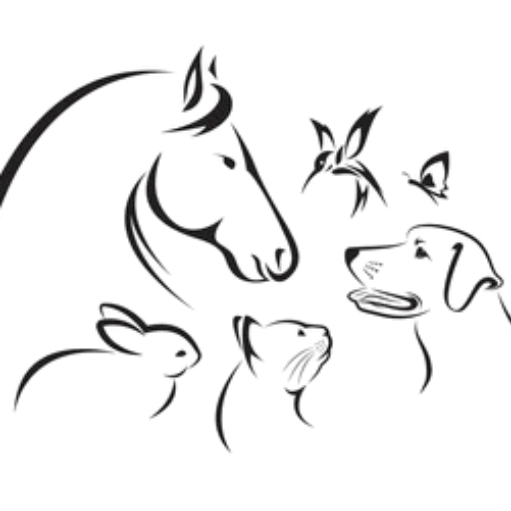In teh tapestry of the canine world, where loyalty and companionship intertwine, there exists a shadow that threatens the well-being of these beloved creatures: inbreeding. Like a subtle poison, it insinuates itself into the bloodlines of dogs, wreaking havoc on their health, temperament, and overall quality of life. as responsible guardians, it is imperative for dog owners and breeders alike to recognise the insidious signs of inbreeding and take proactive measures to preserve the integrity of the canine species. Embarking on this journey of knowledge,we unravel the five telltale indicators that point towards inbred dogs,illuminating the profound implications this issue holds for our canine companions.
Understanding the Signs of Canine Inbreeding
Recognizing Inbred Traits
Inbreeding, the mating of closely related individuals, poses significant health risks to canines. Identifying the physical and behavioral indicators of inbreeding is crucial for responsible dog owners. Inbred dogs frequently enough exhibit distinctive characteristics, including:
Congenital deformities: Skeletal abnormalities, such as hip dysplasia and elbow dysplasia, are common in inbred dogs.
Dwarfism: Inbreeding can lead to stunted growth and disproportionate body size.
Reproductive issues: Inbred dogs frequently enough face fertility problems, including low sperm count and increased risk of miscarriage.
Inherited diseases: Inbreeding increases the likelihood of inherited diseases, such as Von Willebrand disease (a blood clotting disorder) and epilepsy.
* Behavioral problems: Inbred dogs may exhibit behavioral issues like excessive shyness, aggression, or anxiety due to reduced genetic diversity.
exploring the Consequences of inbreeding in Dogs
health Problems
Inbred dogs are more likely to suffer from a variety of health problems, including:
Skeletal problems: Inbred dogs often have skeletal problems, such as hip dysplasia and elbow dysplasia. These problems can cause pain, lameness, and difficulty moving.
Skin problems: Inbred dogs are also more likely to suffer from skin problems, such as allergies and mange. These problems can cause itching, redness, and hair loss.
Immune system problems: Inbred dogs have weaker immune systems, which makes them more susceptible to infections and diseases.
Reproductive problems: Inbred dogs may have difficulty reproducing, and their offspring may be more likely to have birth defects.
The Importance of Responsible Breeding Practices
Responsible breeding practices are essential to preserve the health and genetic diversity of dogs. Inbreeding, the mating of closely related individuals, can lead to significant health problems and behavioral issues in offspring. Here are five signs that a dog may have been inbred:
- Physical deformities or health problems.Inbred dogs may be born with physical deformities, such as cleft palates, hip dysplasia, or heart defects. Respiratory problems, digestive issues, and allergies are also more common among inbred canines.
- behavioral problems. Inbreeding can lead to behavioral issues, such as aggression, fearfulness, or hyperactivity. These problems can make inbred dogs challenging to live with and handle.
- Reduced fertility. Inbred dogs may have difficulty reproducing or producing offspring that are healthy and viable.
- Shorter lifespans. Inbred dogs frequently enough have shorter lifespans than dogs from outcrossed lines.
- Increased health care costs. Inbred dogs are more likely to develop health problems that require expensive veterinary care.
Advocating for Genetic Diversity in Canine Populations
The preservation of genetic diversity in canine populations is a critical issue that should be addressed by all responsible dog owners and breeders. inbreeding, which occurs when closely related dogs are mated, can lead to a variety of health problems and genetic disorders, due to the decrease in genetic diversity. Several signs can alert you to the possibility of inbreeding in your dog. These include structural abnormalities, such as cleft palate, hip dysplasia, or heart defects; skin problems, such as allergies or dermatitis; an increased risk of autoimmune diseases; reduced fertility or abnormal reproductive cycles; and behavioral problems, such as aggression or excessive timidity.If you notice any of these signs, it is important to talk to your veterinarian, and genetic testing may be recommended to determine, inherited or acquired issue.
to Conclude
As we unravel the complex tapestry of genetics, let us be vigilant in safeguarding the well-being of our canine companions. By recognizing the subtle clues of inbreeding, we can proactively prevent further deterioration of their health and preserve the joy they bring into our lives. For in the delicate balance of genetics, the consequences of inbreeding ripple through generations, casting a shadow over the future of our beloved dogs. Let us, therefore, strive to break the cycle and ensure that their bond with us remains as pure and vibrant as the day they became our loyal friends.
